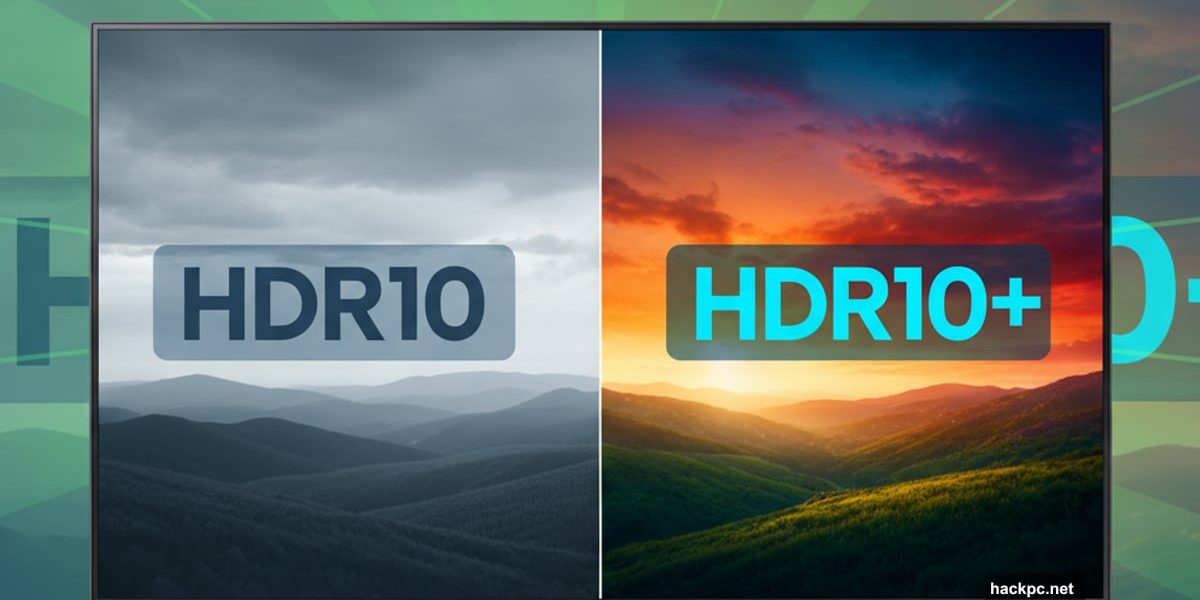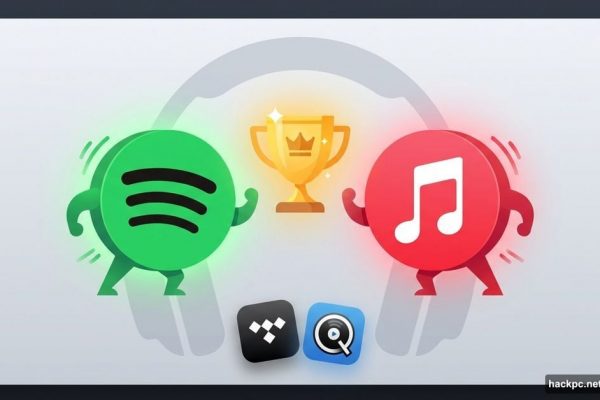
Disney+ quietly rolled out HDR10+ streaming this week. Sounds great, right? Well, not quite yet.
Only select Hulu content works with the format so far. Samsung announced that “over 1,000” Hulu titles now stream in HDR10+ on Disney+. But the rest of Disney’s massive catalog? Still waiting.
This matters because HDR10+ offers better picture quality than standard HDR10. Plus, it gives Samsung TV owners a long-awaited upgrade option since Samsung devices don’t support Dolby Vision.
Why Samsung Owners Should Care
Samsung makes the world’s best-selling TVs. Yet their displays can’t handle Dolby Vision, which most streaming services prioritize.
That’s always been frustrating. You buy a premium Samsung TV, then discover your picture quality lags behind cheaper models with Dolby Vision support.
Now Disney+ throws Samsung owners a bone. HDR10+ uses dynamic metadata like Dolby Vision does. So each frame gets optimized individually instead of relying on one-size-fits-all settings. That means better contrast, deeper blacks, and more accurate colors.
However, the rollout feels half-baked. Only Hulu content works right now. Disney promises more titles “in the future,” but no timeline exists.
What Makes HDR10+ Different
Standard HDR10 uses static metadata. One set of instructions applies to an entire movie or show. That works okay but misses opportunities for scene-by-scene optimization.
HDR10+ adds dynamic metadata. Content creators can fine-tune how every single frame displays. Dark scenes get proper black levels. Bright scenes maintain highlight detail. Each moment looks exactly how directors intended.

Dolby Vision does this too. But Dolby Vision goes further with 12-bit color instead of 10-bit. Plus, it offers multiple profiles for different display capabilities.
Still, HDR10+ provides substantial improvements over basic HDR10. And it requires no licensing fees, unlike Dolby Vision. So more manufacturers and services can adopt it without extra costs.
Which Devices Work Right Now
Samsung TVs from 2018 onward support HDR10+ on Disney+. That includes Crystal UHD models and up, plus OLED, QLED, Frame, and Micro LED displays.
Apple TV devices running tvOS also show HDR10+ support in the Disney+ app, according to FlatpanelsHD. So iPhone users with Apple TV boxes might access the feature too.
But most streaming devices still can’t handle it. Roku, Fire TV, and other platforms haven’t announced support yet. That limits who benefits from this upgrade significantly.
The Hulu Connection Explains Everything
Disney acquired full control of Hulu back in June. Hulu already offered HDR10+ streaming since 2021.
Now Disney merged both services into one unified app. So technically, Disney+ just inherited Hulu’s existing HDR10+ capabilities rather than building something new.
That explains why only Hulu content works. Disney hasn’t actually added HDR10+ support to its original programming yet. The company simply exposed Hulu’s library through the Disney+ interface.
This feels less like a major upgrade and more like housekeeping after a corporate merger.
Streaming Services Race to Add HDR10+
Disney+ joins other major platforms supporting HDR10+. Netflix added it in March. Amazon Prime Video and Apple TV+ already offered it for years.
The format helps services compete without forcing everyone to buy new hardware. Many existing TVs support HDR10+ through software updates. That’s easier than replacing entire displays for Dolby Vision compatibility.
However, implementation remains inconsistent. Some services require expensive subscription tiers for HDR access. Others, like Disney+, include it with basic plans.
At least Disney+ doesn’t charge extra for HDR10+ viewing. That’s one advantage over Netflix, which locks HDR behind its Premium subscription.
What Happens Next
Disney promised additional content “in the future.” But that vague timeline means nothing concrete.
Will Disney’s Marvel shows get HDR10+ remasters? What about Star Wars content? Nobody knows yet. The company provided zero specifics about which titles receive priority or when they’ll arrive.
Meanwhile, Samsung TV owners finally have access to better picture quality on Disney+. But only for content that started life on Hulu.
That’s progress, I guess. Just don’t expect your entire Disney+ library to look amazing overnight. This upgrade benefits a narrow slice of viewers watching a limited content selection on specific devices.
The TV format wars continue. Samsung holds out against Dolby Vision while everyone else moves forward. Disney+ now awkwardly straddles both worlds, offering premium formats depending on what content you watch and which TV you own.
Choose your hardware wisely. And maybe don’t get too excited about announcements until you verify what actually works with your setup.



Comments (0)